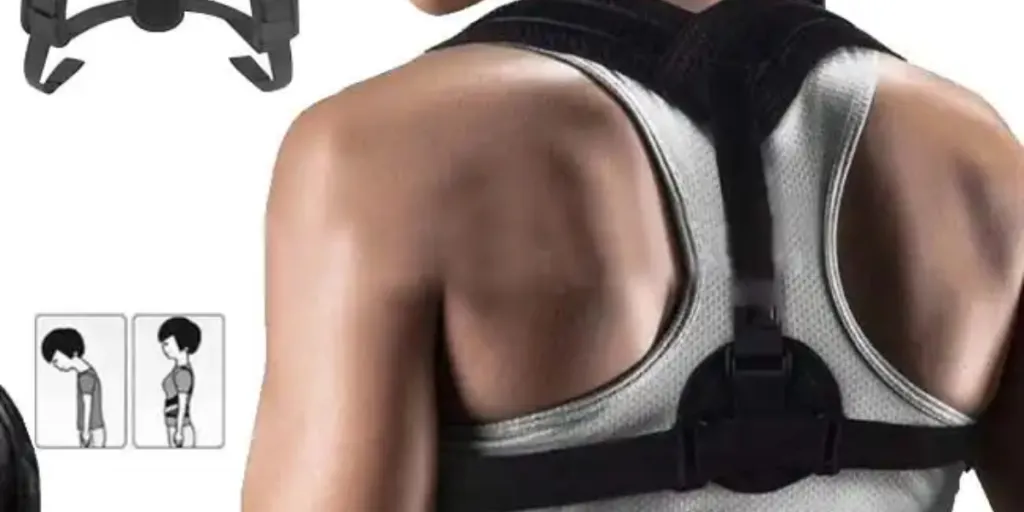Posture belts are accessories that offer support and foster good posture to attain better spinal alignment for improved health. They act like a gentle reminder to always stay straight while engaging in day-to-day activities. Several manufacturers have come up in this field, providing a range of posture belts that people can choose from. While this is certainly good news, it has also made it hard for retailers new to this niche to know which is the right option.
This guide takes you through the essential points to keep in mind that will help with selecting the most suitable posture belts for your inventory in 2024.
Table of Contents
Market share of posture belts
Types of posture belts
Key tips to consider when sourcing posture belts
Final thoughts
Market share of posture belts
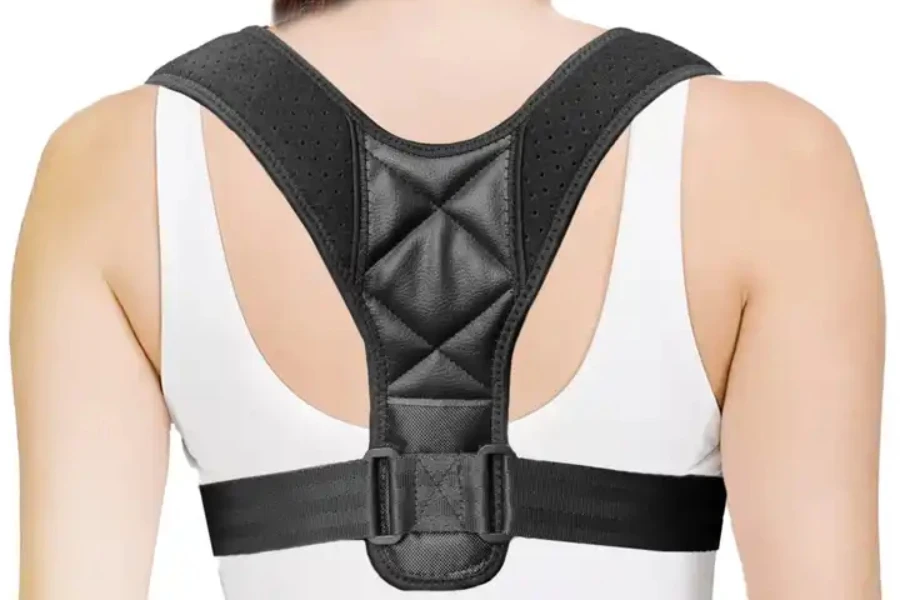
A report published by Fact.MR showed that the value of global posture correctors reached USD 1.1 billion in 2022 and would skyrocket to more than USD 2.35 billion by 2032, growing at a compound annual growth rate (CAGR) of 7.9%. The increasing awareness that bad posture leads to ill health is prompting people to look for solutions, leading to a growing appetite for posture belts. Lead regions in this rush are the North American countries, European countries, and Asia Pacific, where people work for long hours.
Types of posture belts
1. Clavicle braces
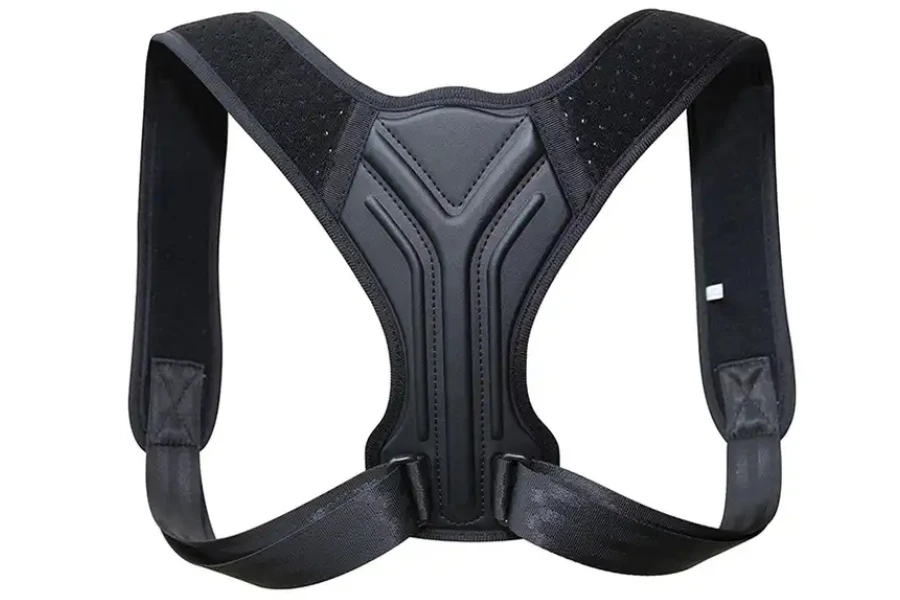
The clavicle brace aims at treating the upper spinal region, including the shoulder and collar bone area. Due to their eight-shaped structure, these braces pull the shoulders backward while helping to correct the positioning of the clavicle to attain a proper posture.
Clavicle braces are often made of materials such as neoprene, which are comfortable, breathable, and appropriate for people with stooped shoulders or who have recovered from clavicle injuries. Clavicle braces can cost anywhere between USD 20 to USD 40.
2. Shoulder posture correctors
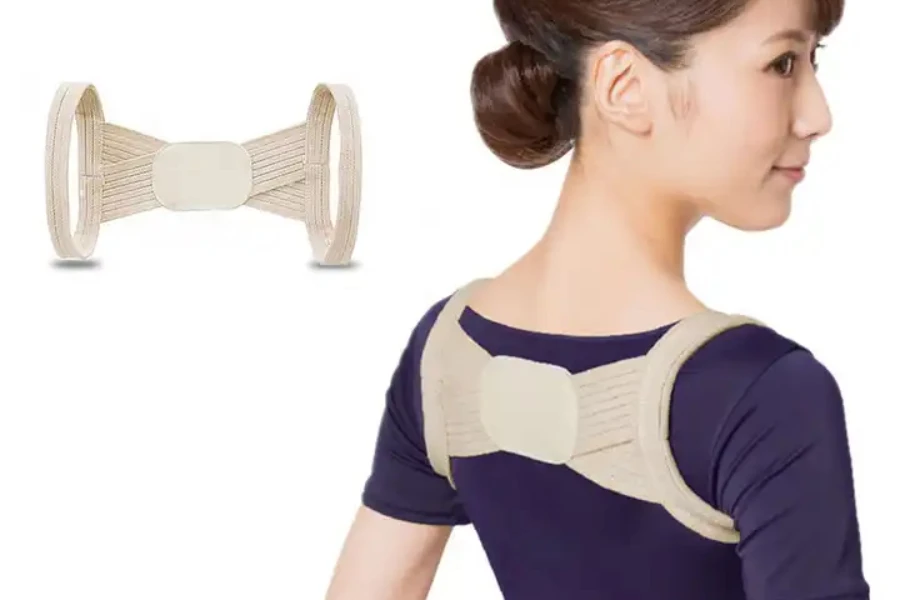
Shoulder posture correctors are meant to offer broad support for the shoulder blades, upper back, and backbone. They cost around USD 30 to USD 60 and are perfect for people suffering from general backache due to incorrect sitting posture.
These belts have adjustable straps, which are similar to vests, to be worn in different shapes of the body. Shoulder posture correctors are made of elastic, breathable fabric, and sometimes neoprene to ensure maximum comfort.
3. Back support belts
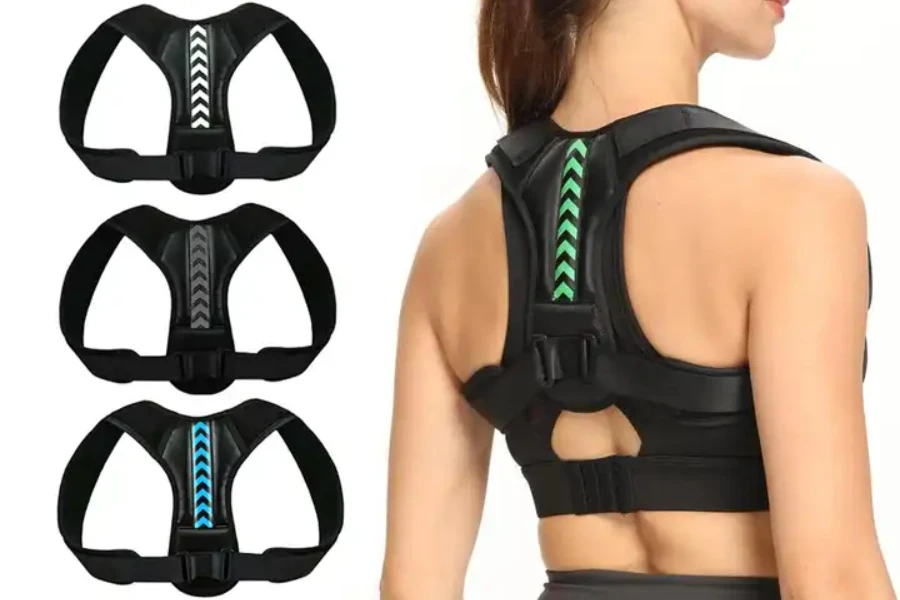
Back support belts target the whole back, including the lumbar and thoracic parts. These belts are generally wide and firm aiding in straightening up the spine. Back support belts are usually constructed of tough material like nylon or spandex. They are best suited for people suffering from lower back pains as well as persons working under heavyweights.
Back support belts are normally sold between USD 25 and USD 60, making them a dependable and affordable way of providing lumbar support.
4. Lumbar braces
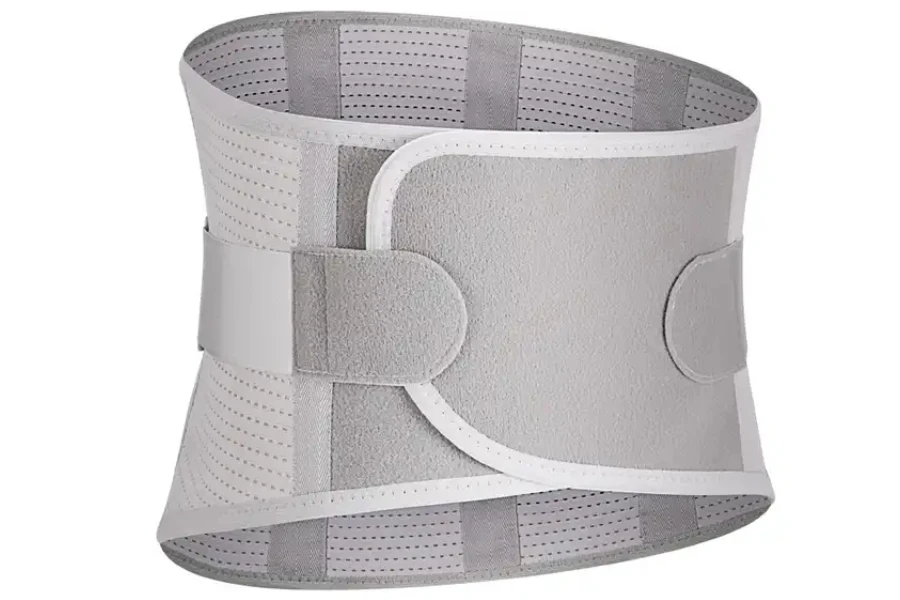
The lumbar belt is a type of specialized belt that aims at the lower back and the lumbar region. These belts are used to offer support and relief against discomfort due to bad lumbar stance or lower back pain. Lumbar braces have a wrap-around design with adjustable straps for an optimum fit.
The braces are made of fabric like polyester and nylon, which promotes good comfort during prolonged use. Lumbar braces are generally affordable and cost between USD 20 and USD 50, depending on the materials’ quality and design.
Key tips to consider when sourcing posture belts
1. Durability
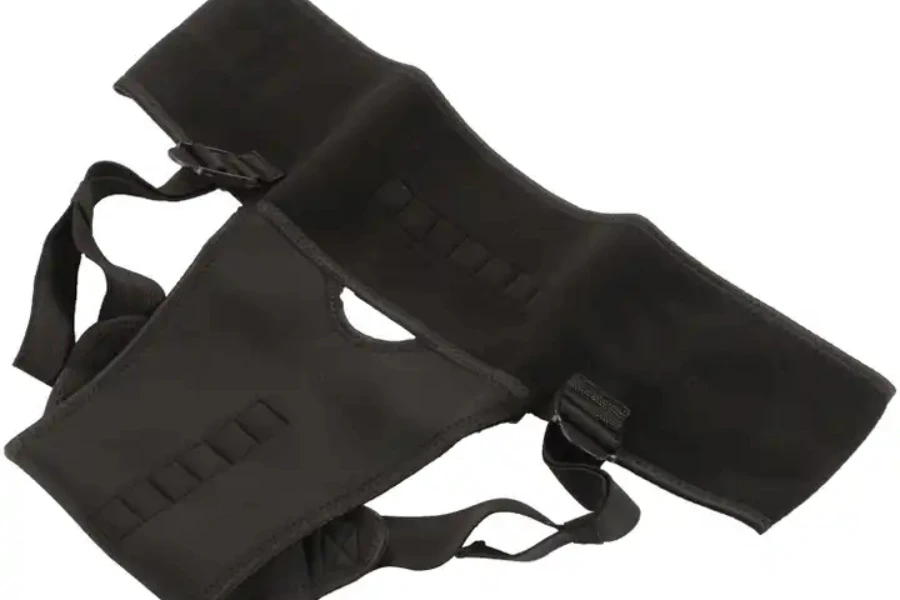
Good posture belts are made of strong materials such as reinforced neoprene and sturdy elastic fabric, including Spandex or nylon. These materials are durable and make the belt more reliable. The posture belt ought to persist in helping users maintain a good upright posture for a period of time. High-quality posture belts last between 6 months and 2 years in.
2. Material
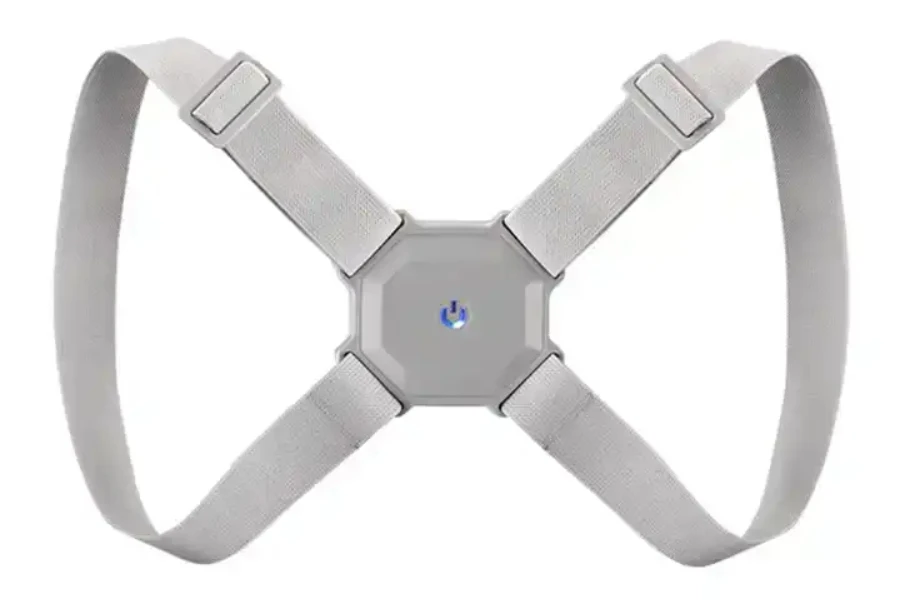
The kinds of materials used in posture belts depend on their features. Priding on its elastic and breathable nature, neoprene molds perfectly to the user’s body and fits well while remaining flexible at the same time. Wearable materials such as spandex give the necessary stretch for various movements required in everyday life.
Belts made of nylon are also among some of the most lasting belts. This is because nylon is light in weight and, therefore, makes it possible for the belt to be used for an extended period.
3. Comfort
The effectiveness of a posture belt greatly depends on comfort. Avoid belts with padded straps, cushioned lining, or ergonomic design. A good posture belt increases the likelihood of consistent usage and reduces skin irritation associated with long-term wearing.
4. Size
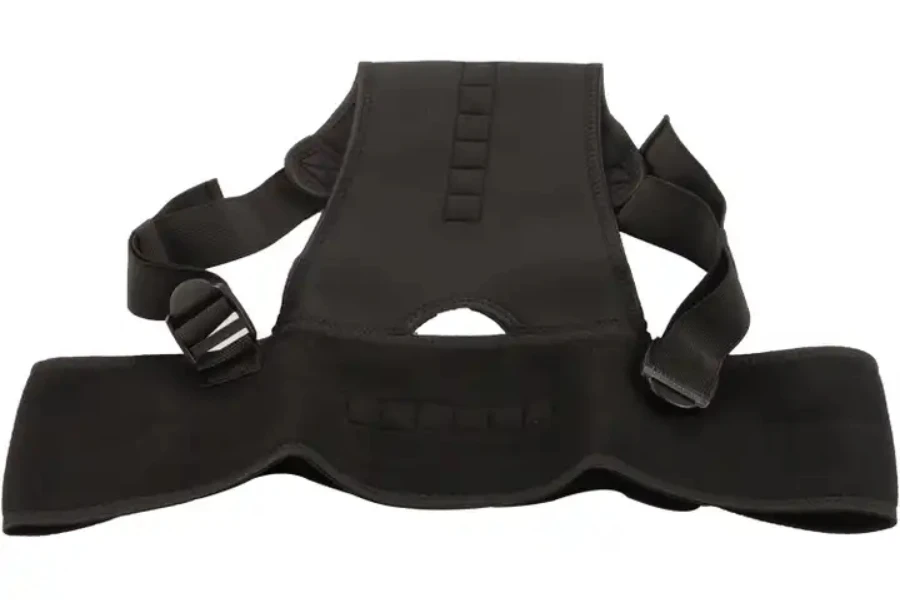
Refer to manufacturers’ sizing charts, depending on the style of the belt, and measure either the waist or chest circumference. Posture belts usually come in regular sizes, starting with small and ending at extra large, designed for different physiques. The posture belt must be the right size to suit the user’s body’s unique shape with neither a tight nor too loose fit.
5. Cost
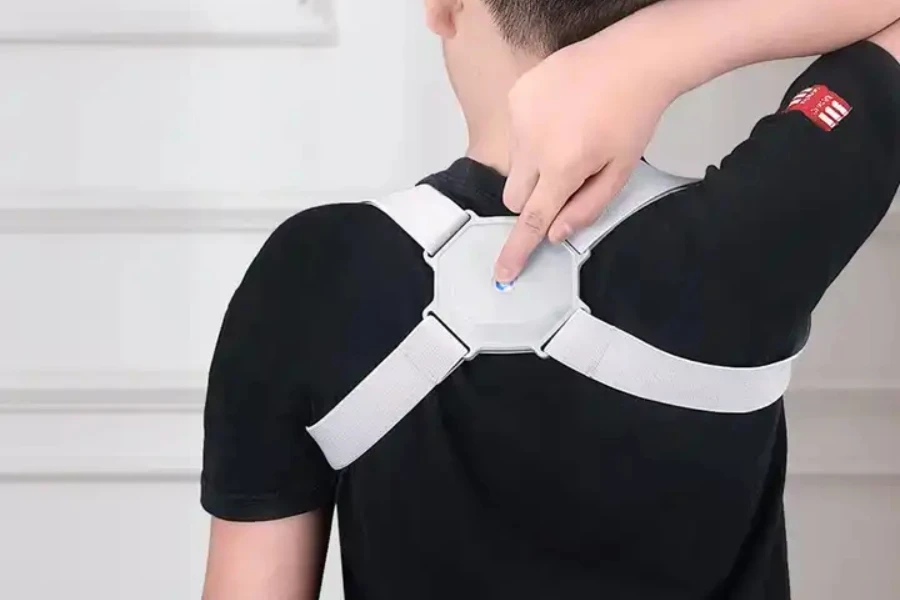
Posture belts that are meant for beginners cost between USD 20 to USD 40. There are mid-level options with a price range of USD 40 to USD 80. They usually come with more features and premium material. Premium posture belts are superior in technology and durability and cost over USD 80. Evaluate your budget while prioritizing the features you need when choosing an appropriate posture belt.
6. Adjustability

A posture belt is highly versatile and user-friendly because it has many adjustment modes. Look for belts that are fitted with adjustment straps, clips, or even buckles where you can make them fit tightly and accurately, depending on specific needs. An adjustable posture belt allows users to have a belt that can work well for different kinds of activities and postural demands.
Final thoughts
Picking the appropriate posture belt often requires considering durability, material, comfort, size, cost, and adjustability. A carefully chosen posture belt acts as an essential aid in helping one maintain proper spine alignment and general health. The wide and balanced choice from Alibaba.com contains posture belts for many different applications, so be sure to explore what is on offer in 2024.
